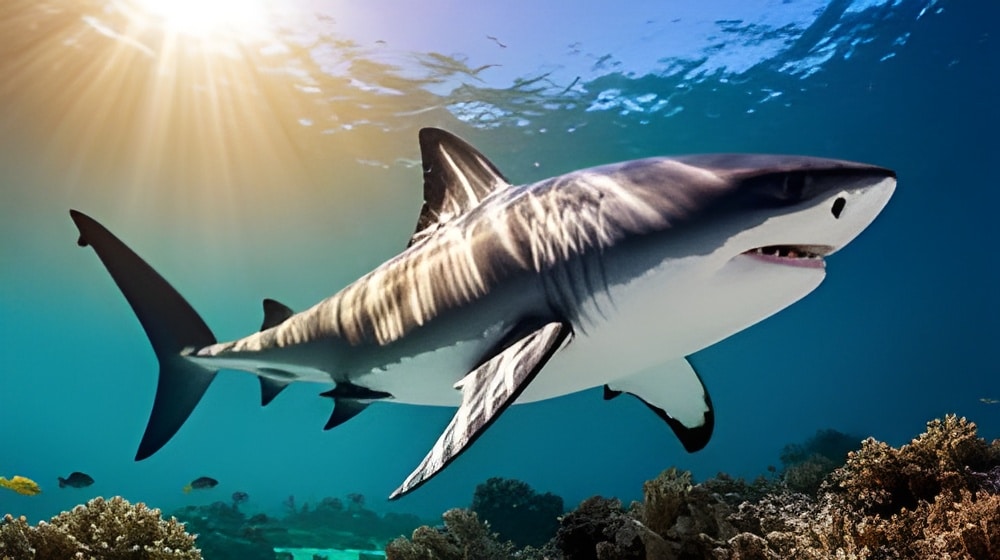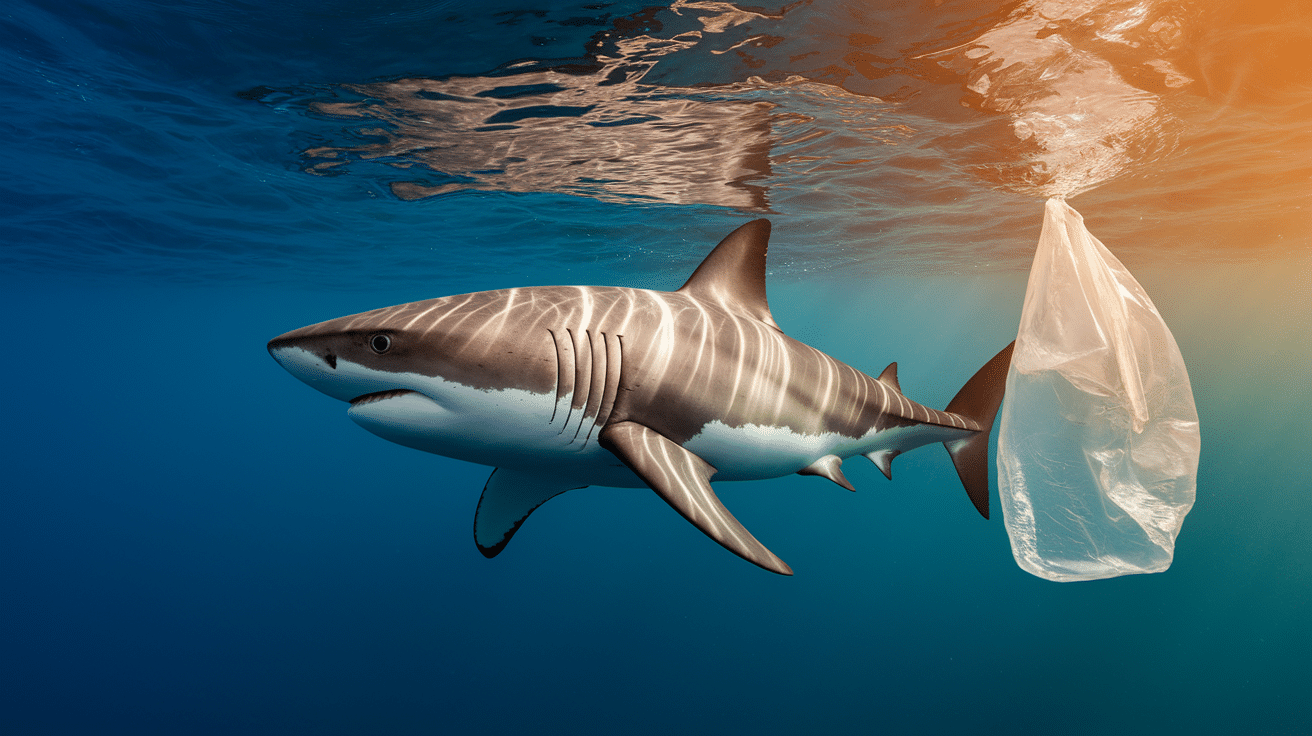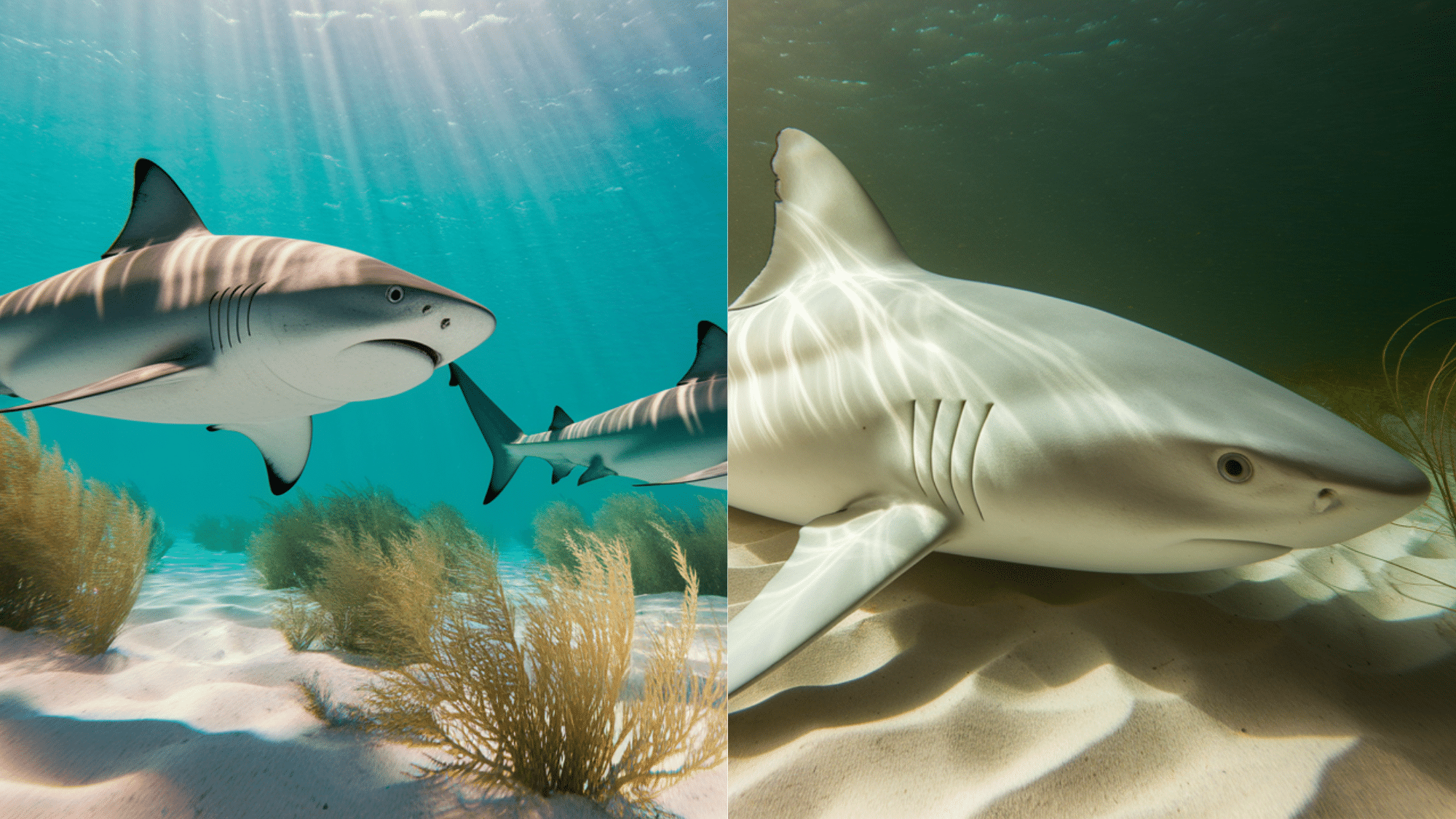Do sharks really die if they stop swimming?
You might have heard that they do, and it sounds scary.
But the truth is, some sharks can stop swimming and be totally fine, while others can’t. It all depends on the type of shark and how it breathes.
Some sharks push water over their gills while resting on the ocean floor. Others need to keep moving so water flows through their gills to help them breathe.
In this blog, you will learn which sharks can chill out, which ones need to keep swimming, and how their cool breathing systems work.
Do Sharks Die If They Stop Swimming?
The short answer? It depends on the shark.
Think of sharks as having different breathing styles, just like some people are mouth-breathers and others breathe through their nose.
About two dozen shark species out of roughly 400 are what scientists call “obligate ram ventilators.”
For these ocean creatures, swimming is breathing, and stopping for too long can indeed lead to suffocation.
Buccal Pumping vs. Ram Ventilation
Sharks have developed two clever ways to breathe underwater:
| Breathing Method | Description |
|---|---|
| Buccal Pumping | An older method where sharks use special muscles in their cheeks to pump water over their gills. |
| Ram Ventilation | Sharks swim forward with their mouths partly open, letting motion force water over their gills. If they stop moving, water stops flowing. |
Certain Possible Threats to Shark Breathing
Sharks rely on healthy breathing to survive. However, some threats can impact how they breathe effectively:
-
Polluted Water: Chemicals, plastics, and other pollutants can damage sharks’ gills, making it harder for them to extract oxygen from the water.
-
Ocean Temperature Changes: Rising water temperatures can reduce oxygen levels in the water, affecting sharks’ ability to breathe and survive.
-
Overfishing and Habitat Destruction: Depleting fish populations and damaging coral reefs or coastal areas can limit the places where sharks can breathe and find food.
-
Physical Obstructions: Fishing nets, boats, and other human-made structures can entangle sharks, preventing them from moving and breathing freely.
-
Noise Pollution: Excessive underwater noise from boats or sonar can disturb sharks, causing them to avoid areas where they would normally breathe comfortably.
Sharks that Can Stop Swimming
Below is the list of different shark species that can stop swimming:
- Nurse Sharks: Nurse sharks can rest on the ocean floor and use buccal pumping to actively push water over their gills, allowing them to breathe without needing to swim.
- Wobbegong Sharks: These carpet sharks also rest on the seafloor and, while stationary, rely on spiracles near their eyes to draw water over their gills.
- Angel Sharks: Angel sharks can lie motionless on the ocean bottom and breathe through spiracles, enabling them to stop swimming.
- Whitetip Reef Sharks: Known to rest on the ocean floor, whitetip reef sharks use spiracles to maintain water flow over their gills while still.
- Tiger Sharks: Tiger sharks can use buccal pumping to breathe while stationary, eliminating the need for continuous swimming.
- Grey Reef Sharks: Though traditionally considered obligate ram ventilators, recent studies show grey reef sharks can rest motionless and switch to buccal pumping temporarily.
The Sleeping Shark Mystery
Do sharks even sleep at all? The answer has surprised even the experts.
In the 1970s, scientists found something remarkable off the coast of Mexico, now famously known as “The Caves of the Sleeping Sharks.“
Inside these underwater caves, people found reef sharks staying still, even though these sharks usually have to swim to breathe.
The sharks looked like they were resting, but their eyes were still open. And, this surprised scientists.
Some studies now say that sharks might rest one part of their brain at a time while still swimming slowly.
Conclusion
As we know now, it’s all about which kind of shark we are talking about.
Some sharks can lie back on the ocean floor without a care in the world, while others need to keep cruising to breathe.
However, this adaptation presents the amazing diversity and specialization that sharks have developed over their 450 million years on Earth.
Next time you see sharks on TV, take a moment to notice whether they are constantly swimming or taking the occasional break.






















